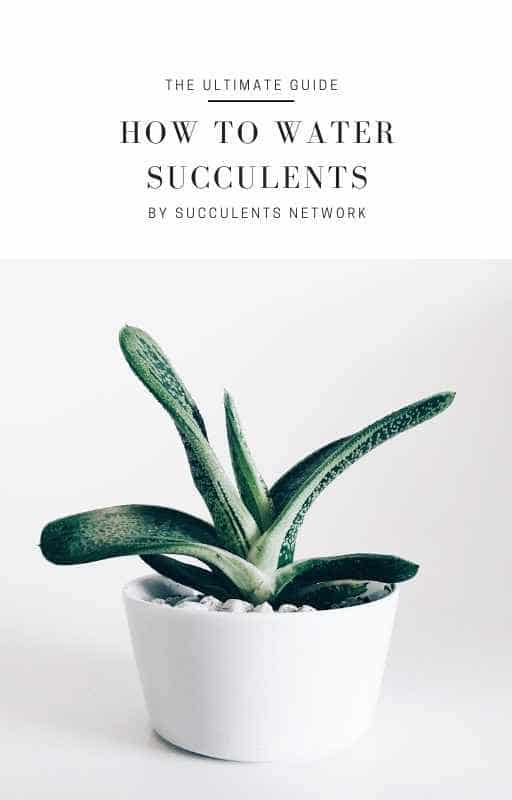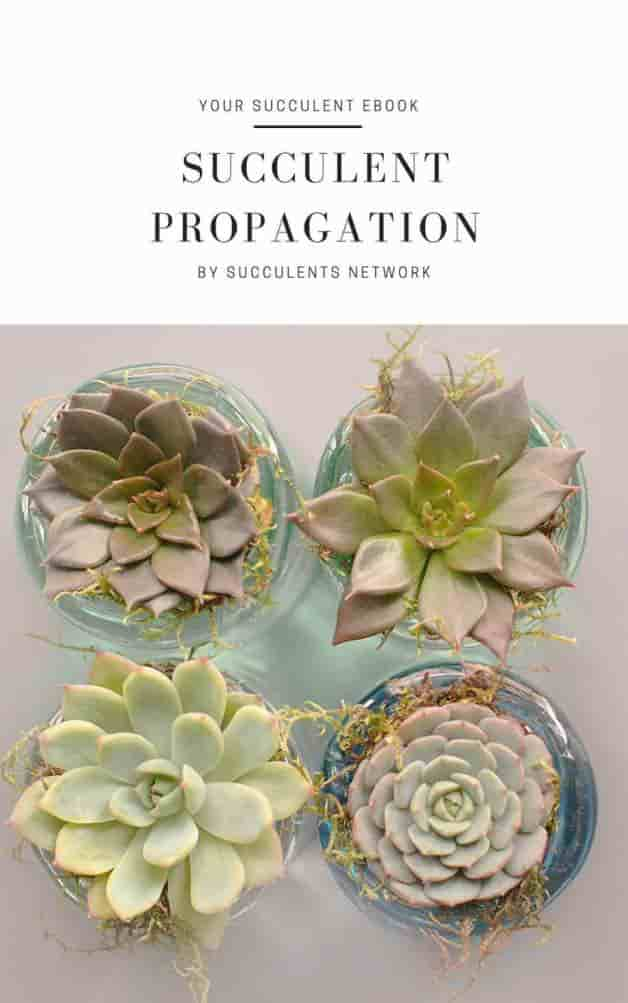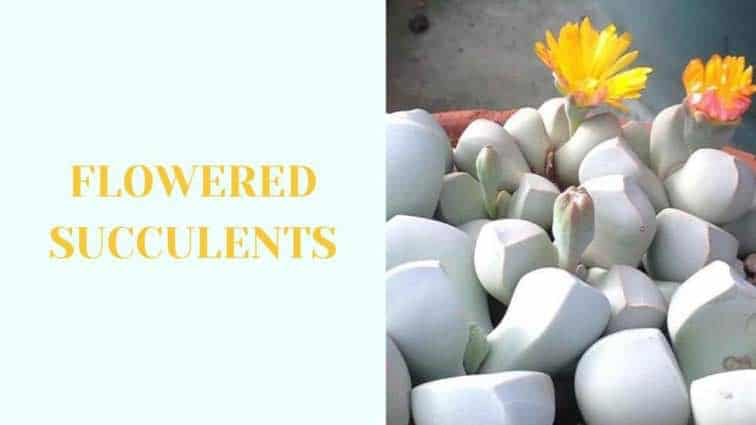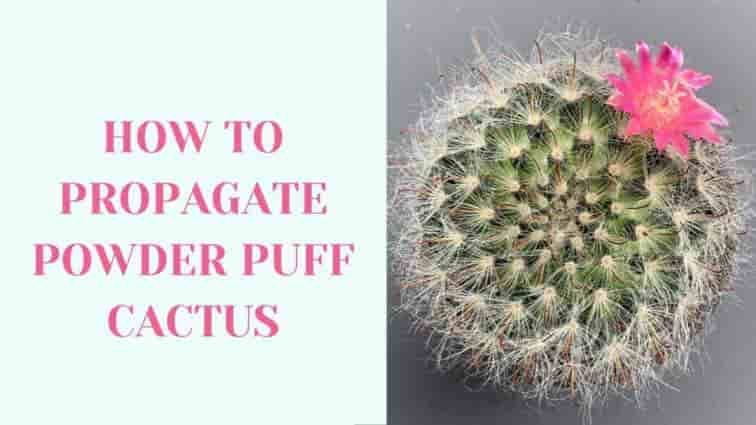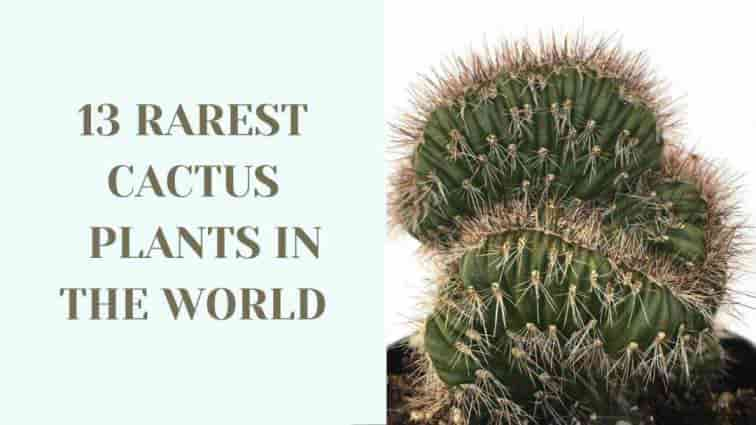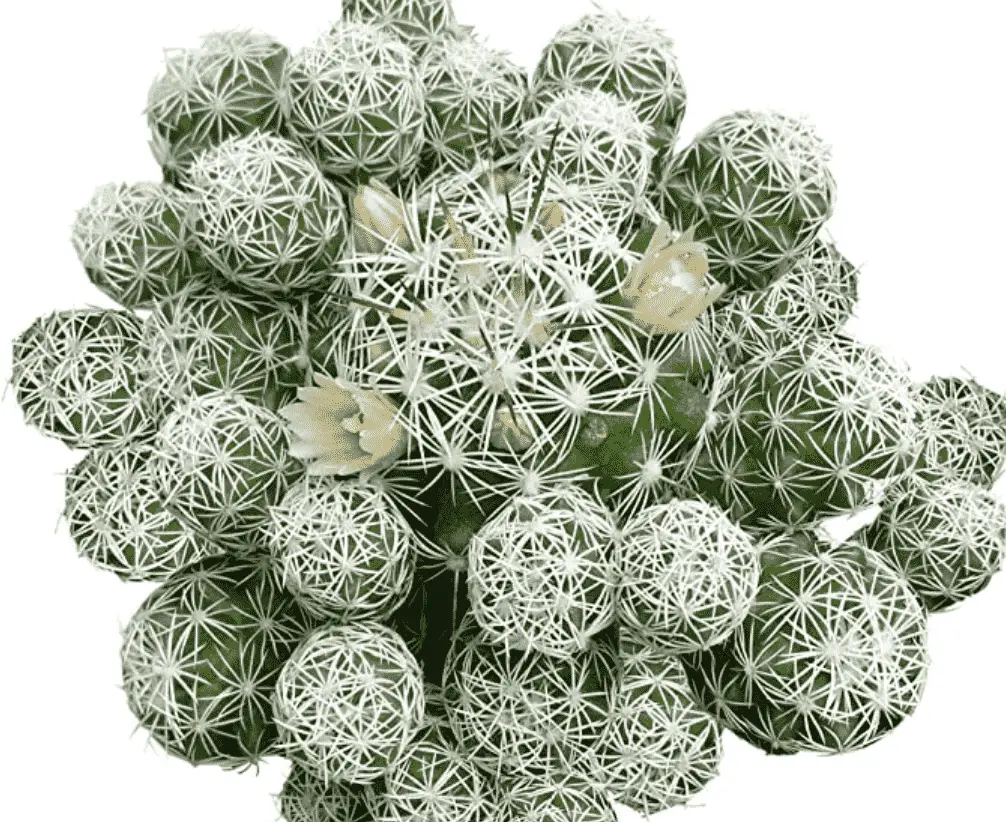
Picture via Amazon
Basic Info
Mammillaria Gracilis Fragilis also known as Thimble Cactus. As the plant matures you can expect it to reach up to 10 cm (4″) tall and about 5 cm (2″) in diameter. The plant is best known to be covered by fine small spines. When the plant finally produces flowers expect them to be small and white.
Scientific Classification
Family: Cactoideae
Subfamily: Cactoideae
Tribe: Cactinae
Genus: Mammillaria
Care and Propagation Information
Watering
When watering the Mammillaria
General Care for Mammillaria Gracilis Fragilis ‘Thimble Cactus’
What kind of a plant carer should select the Mammillaria Gracilis Fragilis ‘Thimble Cactus’? It is perfect for a beginner plant grower. The plant does best when cared for indoor in a proper light home. If planted outdoors, it creates small clusters all around it, especially if planted in a rock garden.
Quick Facts:
- Thrives best inside in a proper lit-areas
- Similar Watering needs to other succulents. (See Watering Guide)
- Can die easily if overwatered
- Size: It grows to be 10 cm (4 “) tall
- Wide: Grows 5 cm (2″) wide
- Best zone for the plant is -1.1° C (30° F)
- Does not handle cold well
- Best propagated with offsets
- Generally not known to be toxic to people or animal
- Grows best during Spring and Fall
Where to Plant
Thimble Cactus is a plant that grows easiest in free-draining gritty compost. The plant does not handle cold well, so if you live an area that is colder than -1.1°C (30°F) use a succulent container. It makes it easier to transport the plant indoor and outdoor.
Mammillaria Gracilis Fragilis is a plant that requires up to 6 hours of sun when planted inside keep it on a window ledge. That means a south-facing window for most of us.
How to Propagate Mammillaria Gracilis Fragilis ‘Thimble Cactus’
Learning how to propagate Mammillaria Gracilis Fragilis ‘Thimble Cactus’, begin by selecting a sturdy, healthy leaf. Then remove the stem from the main plant, cut the stem off with a sharp knife. Thimble Cactus is one of the species that easily can be propagated.
The soil should be drenched thoroughly, never let the soil dry. Once the plant’s root has started to appear, let the plant take its time to grow.

